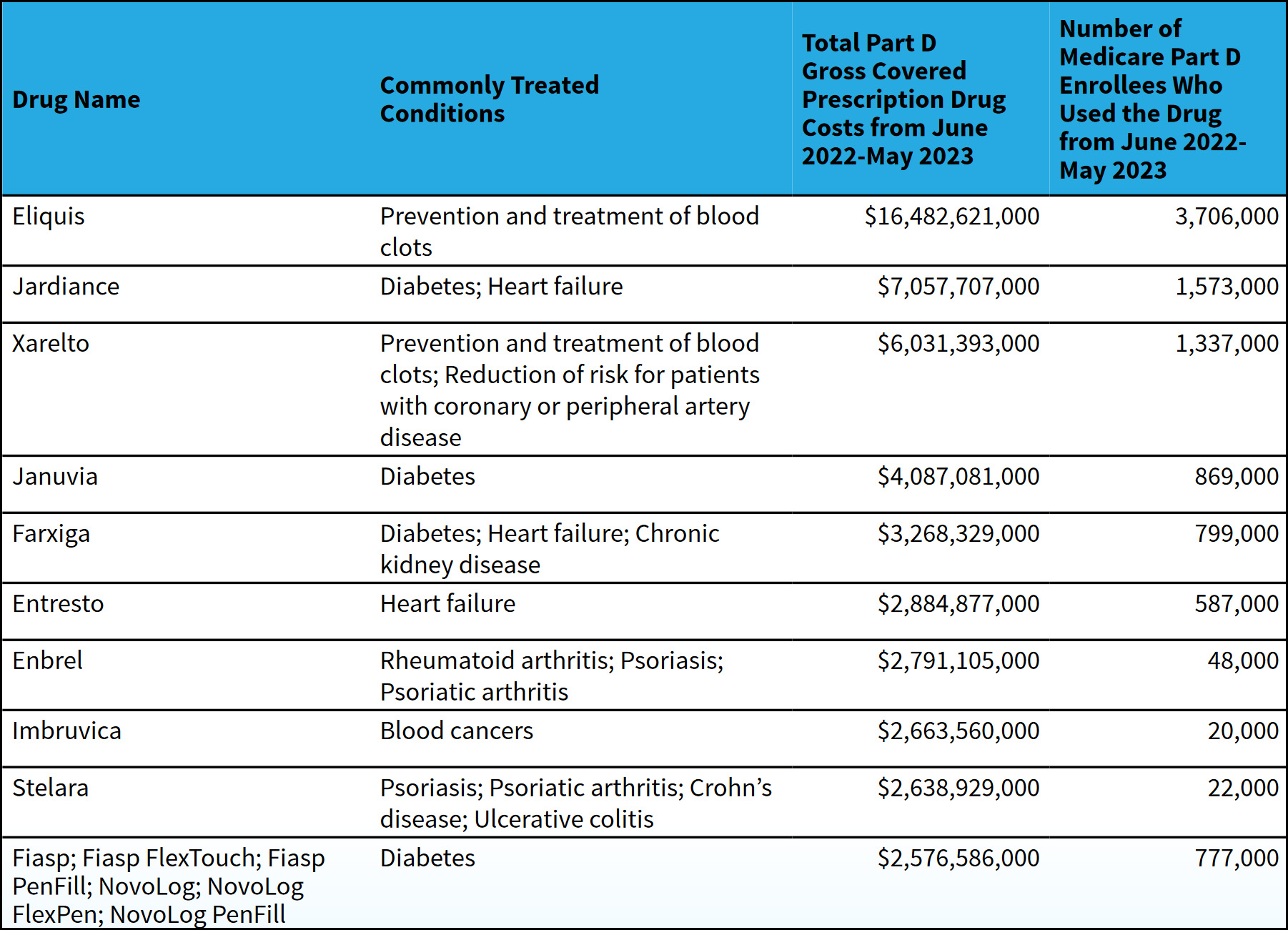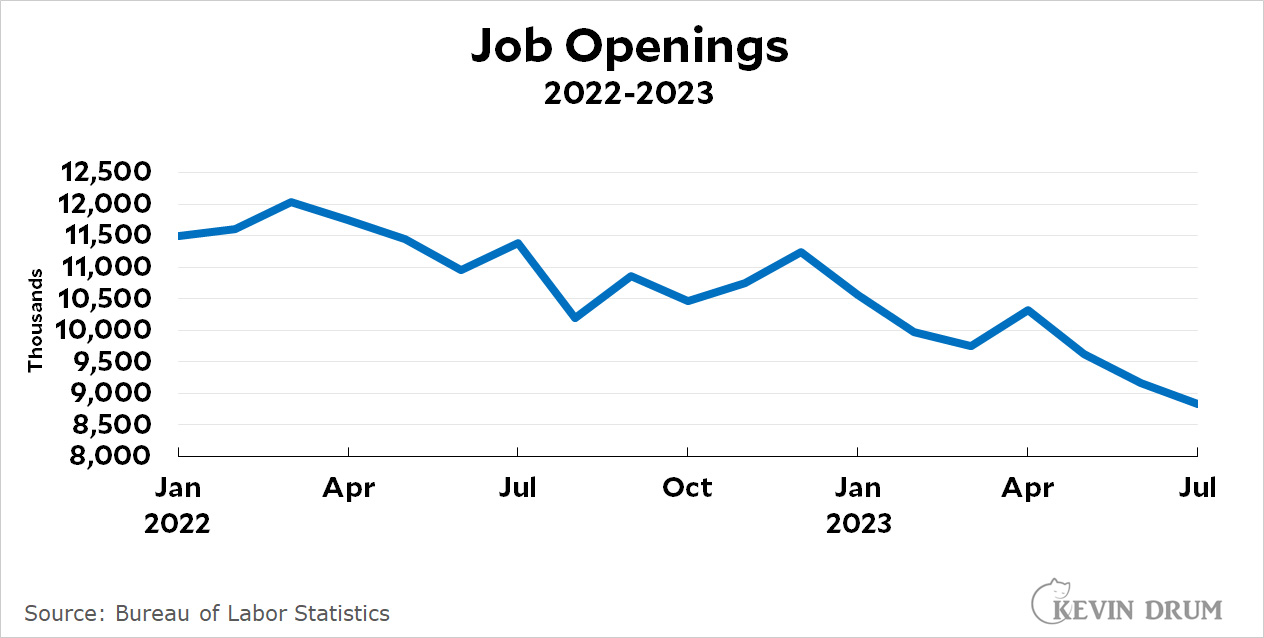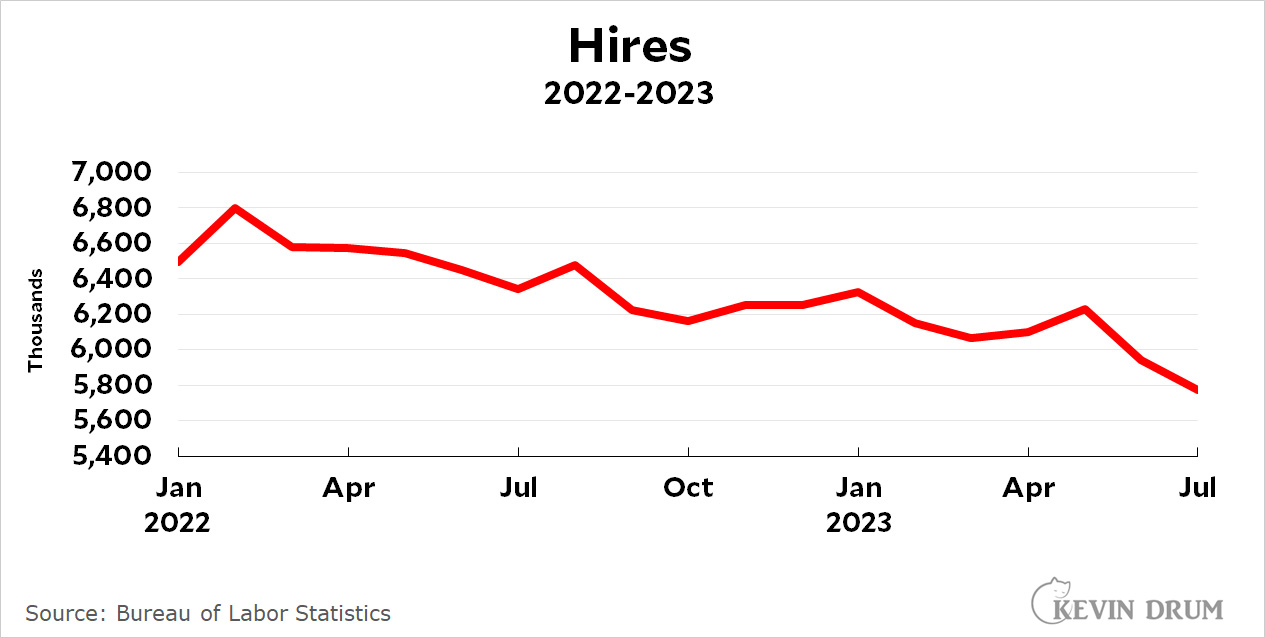David Wallace-Wells is at the helm of Ezra Klein's podcast today and talks about "pandemic revisionism" with Katelyn Jetelin. It took them quite a while to get around to the topic of what worked and what didn't—thank God for transcripts!—and when we finally got there we were still left with no answers:
We know vaccination saved more than 3 million people in the United States. That’s a pretty easy analysis....But beyond that, we still do not know what works best to slow the spread of Covid-19 in terms of non-pharmaceutical interventions. For example, test and trace, or isolation, or quarantine, or indoor mask mandates, or closing venues. And this is very surprising to me because that means we still can’t answer important questions like you’re asking, like, their effectiveness or even more importantly, the trade offs.
We can see in the scientific literature that prolonged shelter in places are linked to, for example, harmful alcohol use. But how does that compare to uncontrolled viral transmission? We don’t know.
....How much masks reduced transmission in a population is not an answer we have. There’s been very few studies that have looked at this. And among the few studies, there’s a huge range, around 9 to 45 percent reduction in transmission with community masking. And this range means that these studies were done in different settings and different cultures. So many unanswered questions remain.
My own best guess is that test-and-trace is effective, but only if it can be done well. In the US it can't be. Indoor masking is moderately effective but probably a nonstarter in the US thanks to the mask truthers. Social distancing is effective. School closures aren't effective because of the health tradeoffs to keeping kids at home. Cleaning surfaces is not effective. Shelter-in-place is questionable. Border restrictions are pointless between countries with similar levels of infection. Banning large gatherings—theaters, churches, sports events—probably works well to minimize superspreader events. Plexiglass shields are ineffective and possibly even counterproductive. Improved ventilation is effective, but it's not clear how effective it is.
This doesn't leave much: just social distancing, cutting back on large gatherings, and indoor masking in places where health officials won't be lynched for suggesting it. What's worse, this is only a guess about what worked with COVID-19. A future virus with different characteristics might respond entirely differently.
This leaves me with my single biggest question: How much risk should we take with vaccines? They are by far the most effective response, so what should we do if we get to the point of mass production of a future vaccine before testing is complete? Go ahead and administer it if early results look good? Or bite the bullet and wait?








